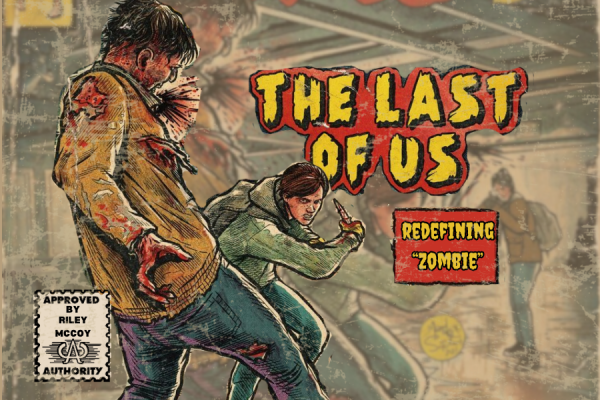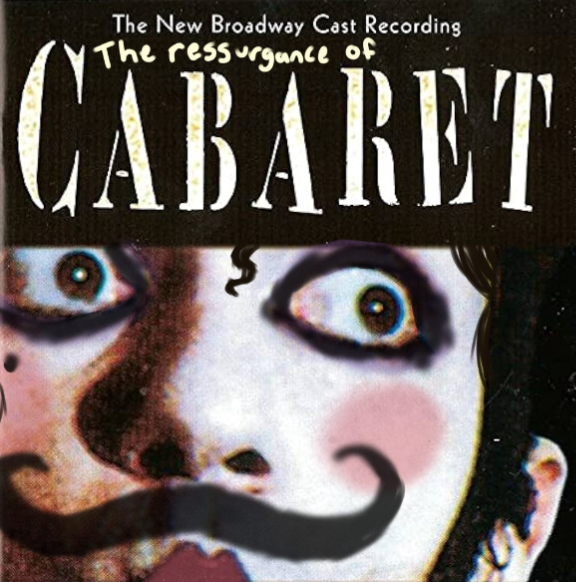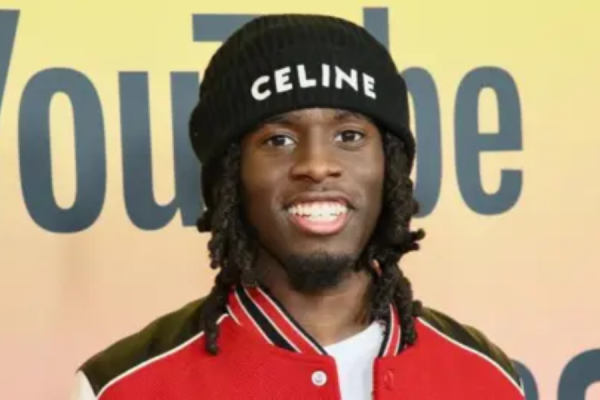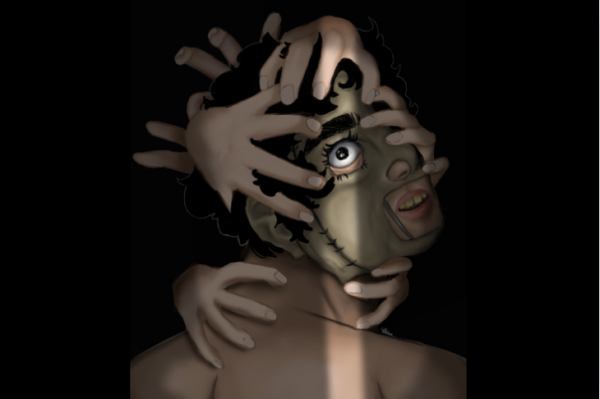The Beauty Of Jojo’s Bizarre Adventure
“The Beauty Of” explores media that is well-loved, but not universally known.
This article contains mild spoilers for the anime “Jojo’s Bizarre Adventure”.
Unfortunately, the time has come. I have been wanting to write this article for some time now, and this moment seemed as good a time as any. The first two articles may have been movies, but I thought this was a good way to show that’s not a limit I am sticking to. That’s right; it’s time for me to write the Jojo’s Bizarre Adventure article. If you’ve heard of it, I’m going to assume that you either like it or you are coming to find me and kill me at this very moment. If you haven’t, then you may think I am over exaggerating. I promise you that I am not. Nothing can split a group of people more than this show, but simultaneously I have never found anything else with such a wide range of fans. It’s like Rocky Horror in that way, where both a proud homosexual and that guy you know who yells the f-slur when he gets upset can equally enjoy the show.
It’s called Jojo’s Bizarre Adventure because it follows a family in which about every two generations parents are able to nickname their child ‘Jojo’. And these various Jojos have various bizarre adventures. Typically, they are called upon to stop bad people with reality-bending powers from doing bad things. I could talk about these villains and how nuanced and interesting they can be, or the dichotomy between the an- and protagonists for pages. In fact, I did just that before I decided to take this a different direction. But then I thought to myself, What’s the fun in that? It’s certainly been done by other people. And while the topic of Jojo’s and queer representation has probably also been done, it’s much more interesting.
If you read my Rocky Horror article, you may remember that I spent an extensive amount of time on what it meant to the LGBTQ community. Jojo’s Bizarre Adventure is in no way, shape, or form as important and is also only somewhat so unintentionally, but I am still going to talk about its impact.
To begin, I would like to note that in the entirety of the series, there is not a single joke mocking the sexuality of any characters. The only thing that comes close is a panel where one character(Narancia Ghirga) comes across another two males(Guido Mista and Giorno Giovanna) doing something that appears to be sexual but in reality, is not. Narancia never finds out that he was mistaken, so he definitely still thought they were actually in a relationship until the end of the series. However, neither he nor anyone else ever brings it up ever again. The joke is more that he caught them doing something than the fact that they might be gay. The fact that this isn’t even problematic and it’s the only thing that comes close during the entire ~30 year run of the series is actually quite impressive. That isn’t to say that the series is perfect, though.
There are a few canonically queer characters in the series. However, all of them are villains. Well, actually, one isn’t technically a villain, but she is predatory towards a 14 year old girl. There are two gay couples in Part Five(Vento Aureo); one being Sorbet and Gelato of La Squadra Esucuzioni and the other being Tiziano and Squalo of La Unita Speciale. Tiziano and Squalo were minor antagonists, and while Sorbet and Gelato never actually did anything wrong they were part of the group who ended up going after the protagonist’s group. One of the other canonically LGBTQ characters, whom I mentioned before, is Scarlet Valentine. She was the wife of the main antagonist from Part Seven(Steel Ball Run). One of the protagonists, Lucy Steel, uses Scarlet’s attraction towards women to her advantage and seduces her in order to get closer to Funny Valentine: The president of the United States and the villain of Steel Ball Run. The issue here is that Lucy Steel is fourteen years old. Both of the Valentines make sexual advances towards her at one point or another, which is probably to paint them in a more villainous light but is also probably due in part to Japan’s tendency to sexualize young girls. Another semi-canonically LGBTQ character is the recurring villain Dio Brando, or simply DIO as he renames himself in Part Three(Stardust Crusaders). He has many, many illegitimate children and sexual encounters with women, but he is also shown to be attracted to male characters. One of the major aspects of his character is that he is dangerously seductive to everyone regardless of gender or sexual preference, and he has been mostly been accepted as bisexual. There is another character, actually; a priest that DIO met at one point. Though it’s technically unclear whether they actually were involved in a relationship, or if the priest(Enrico Pucci)’s feelings were actually romantic or sexual, people have almost unanimously decided that the priest is gay. Pucci is the villain of Part Six(Stone Ocean), who is actually trying to bring DIO back to life after his death at the end of Stardust Crusaders. Again, it’s indeed an issue that all of these characters are villains of some sort, but the fact that they’re there at all is still technically better than most other media. That, and the fact that it’s never an issue that they’re queer. None of the other characters ever bring it up as a factor of their villainy, or even at all. It’s just sort of accepted.
Another thing that ties into that fact: many things in this series are just accepted. Every character, barring a few specifically from Stardust Crusaders, dress as if it’s one of those underground fashion shows for rich people and also simultaneously a gay pride parade. It’s all these ridiculously buff powerful men in crop tops and makeup and fishnets for no reason. It’s never explained, or commented upon. Literally not a single person ever says “Hey, those clothes are sort of revealing. What’s up with that?” And this particular factor is not limited to the villains or side characters. Everyone dresses that way unless it’s a school uniform(Those are actually pretty modest; even the ones who alter it in Part Four[Diamond is Unbreakable] don’t show any unnecessary skin). Maybe an example is necessary. Giorno Giovanna, the protagonist of Part Five(Vento Aureo), is an overpowered ridiculously honorable young man who dreams of being the leader of what is essentially the Mafia. Color schemes in Jojo are strange and inconsistent, but in the anime his outfit is a bright, flamingo-pink monstrosity of a suit with a big heart cut-out right over his entire chest. Despite this, he is still portrayed as a strong and masculine character. Similarly, the character of Josuke Higashikata is a young man very focused on his hair, whose signature pose involves his hips being pushed out a bit aggressively, but he’s also a powerful character whose personality isn’t shown to be stereotypically feminine. The most interesting character when you look at representation, however, is most definitely Narciso Anasui. Anasui, a protagonist in Stone Ocean, is a man who was originally intended to be a woman. Hirohiko Araki wanted to create a romance between the main character(Jolyne Kujo) and another prisoner, but the Shounen Jump producers thought that the readers wouldn’t appreciate a romance between two women. Therefore, what the confused readers were left with was a character who appeared female in his first two panels and then in the next was an extremely ripped male in the next chapter. It should also be noted he was still in the exact same outfit. This was never explained, and it certainly wasn’t subtle, so the “Anasui is trans” headcanon was born, with such comments as “wow his transition was so fast… proud of him”, and “man is he on the injection or the gel??” This was most definitely not intended, and was just Araki doing his best to keep his plot while still appeasing the producers. The result is that we now have this immense, muscular man in a skirt constantly approaching Jolyne and asking for her hand in marriage, which she sees as little more than a nuisance to ignore.
All in all, this series is an interesting one when it comes to representation. It, like most series, has a long way to go, but honestly it’s fairly revolutionary in many ways. Especially when you take into account the time and place it was originally written. I recommend this show to basically anyone who can tolerate the style and the… sometimes slow plot, because it’s honestly pretty great.
Your donation will support the student journalists of The Tower and John Adams High School. Your contribution will allow us to purchase equipment and cover our annual website hosting costs.
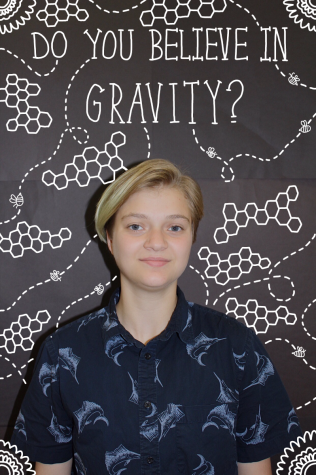
Mag Blanchard is a senior at John Adams High School, and is spending her year writing for The Tower for the first time. She has been wanting to get into...




